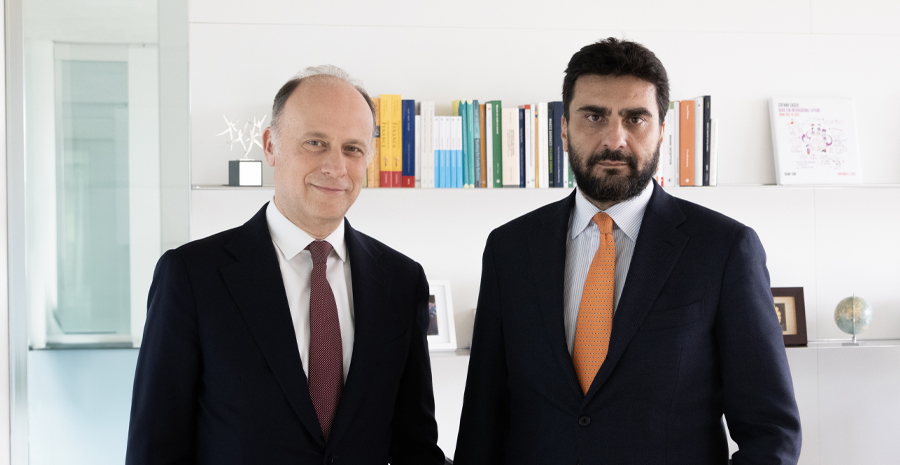
- Start date
- Duration
- Format
- Language
- 2 Dic 2025
- 4,5 days
- Class
- Italian
The 50th anniversary of the first human landing on the Moon has revived the interest of space agencies and private companies on the Earth only natural satellite.
Mining the Moon has become the topics of interest to the entire space community. It can help supporting the push to send humans back to the Moon and the exploration of the solar system.
This event will update the international community on the progress made toward implementing the U.S. strategy and advances made in Italy and Europe.
The event is co-organized with the Space Policy Institute of the George Washington University and the SEE Lab (Space Economy Evolution Lab) of the SDA Bocconi School of Management at the Embassy of Italy - Washington D.C.
What is mining the Moon?
Space mining is a very complicated endeavor. Many high risk factors, such as uncertainties about presence and concentration of space resources, technology readiness, relatively high initial investment requirements, and negative cash flow during the first few years affect these projects. Results from Moon unmanned missions indicate the presence of many resources on the Moon, such as Helium-3, rare earth elements, platinum and other precious metals, and ice.In the short/medium period, the most promising resources are those needed for propellant production (water ice).
The total mass of propellant needed for space missions launched from the Earth's surface places serious limitations on these types of missions. The low gravity of the Moon compared to the Earth creates new economic opportunities for Moon propellant (hydrogen and oxygen), and water and oxygen for life support systems in various orbits between Earth and the Moon, and even beyond.This event will address the following questions:
(i) is space resource utilization by solely private markets sustainable.
(ii) What is the role for governments as purchasers of services/products as a normal customer and not as a subsidize d special incentive?
(iii) What type of public-private partnership are important/appropriate to enable the development of a private-sector market.
(iv) What are space resources exploration strategies and lunar ice mining architecture?
(v) Legal and policy perspectives in the framework of international space law. (vi) What are the economics and policy issues of cis-lunar transportation services?
For more information and Registrtion form click here
SDA Bocconi School of Management - Photo credit. NASA



This course aims to focus on essential leadership skills that are deemed vital in navigating the dynamic organizational landscape.

